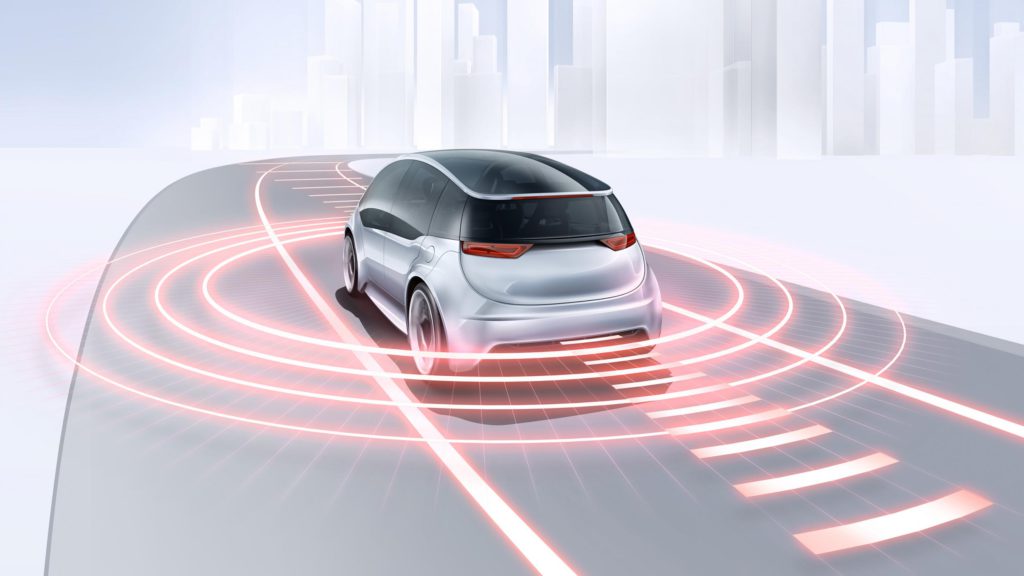Lidar is important for autonomous safety states Bosch
07 January 2020

7 January 2020
Bosch has unveiled new long-range lidar (light detection and ranging) sensors, which it hopes will improve the safety of automated driving systems.
The supplier believes that a third-sensor principle is required in addition to camera and radar to allow driverless vehicles to perform at their best, especially at SAE levels 3 to 5. The new lidar sensor is the first system that is suitable for automotive use, the company states.
Affordable technology
The new Bosch sensor will cover both long and close ranges, on highways and in the city. By exploiting economies of scale, Bosch wants to reduce the price for the sophisticated technology and render it suitable for the mass market.
′By filling the sensor gap, we are making automated driving a viable possibility in the first place,’ says Bosch management board member Harald Kroeger.
Only the parallel deployment of three sensor principles ensures that automated driving will offer maximum safety when it is rolled out, according to the company. Developers investigated all use cases of automated-driving functions, from highway assist to fully automated driving in cities.
Third principle
For example, if a motorcycle approaches an automated vehicle at high speed at a junction, Bosch says that lidar is needed in addition to camera and radar to ensure the reliable sensing of the two-wheeler. In this instance, radar can struggle to detect the bike’s narrow silhouette and plastic fairings. Moreover, a camera can always be dazzled by harsh light falling on it. As such, there is a need for radar, camera, and lidar, with the three technologies complementing each other perfectly and delivering reliable information in every driving situation.
′We want to make automated driving safe, convenient, and fascinating. In this way, we will be making a decisive contribution to the mobility of the future,’ says Kroeger.
Distance covered
In lidar systems, the sensor emits laser pulses and captures the laser light that is scattered back. The system then calculates distances based on the measured time it takes for the light to bounce back. Lidar offers very high resolution with a long-range and a wide field of vision.
As a result, the laser-based distance measurement tool can reliably detect even non-metallic objects at a great distance, such as rocks on the road. This means there is plenty of time to initiate driving manoeuvres such as braking or swerving.
The technology was unveiled at the Consumer Electronics Show (CES) in Las Vegas, where numerous carmakers and suppliers are showing new concepts and production-ready technology. The event has overtaken many traditional car shows as a priority for manufacturers, with the automotive industry consumed more than ever by the tech in a vehicle, rather than the vehicle itself.